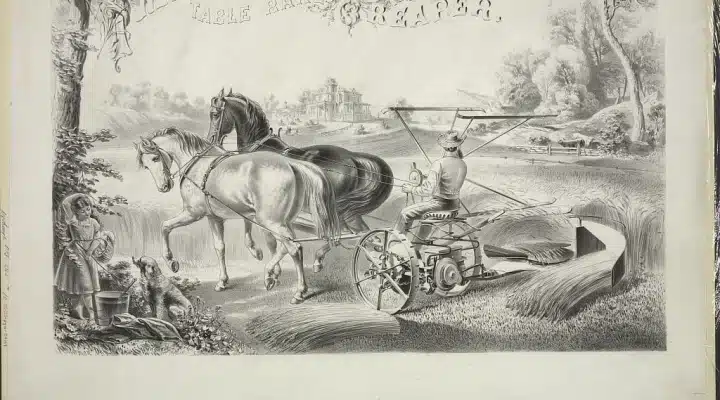Innovative Mini Corn Harvester for Efficient Harvesting and Time-Saving in Small Farms
The Mini Corn Harvesting Machine Revolutionizing Small-Scale Agriculture
In recent years, the agricultural sector has witnessed a substantial shift towards modernization and efficiency, particularly in small-scale farming. One aspect of this transformation is the advent of specialized machinery designed to simplify labor-intensive processes. Among these innovations is the mini corn harvesting machine, a game-changer for farmers intending to maximize their yield and minimize manual labor.
Traditionally, corn harvesting has been a labor-intensive task that required significant manpower and time. Farmers have often relied on hand tools and manual labor to collect their crops, leading to inefficiencies and higher labor costs. However, with the introduction of mini corn harvesting machines, smallholder farmers can now streamline their operations, improving both productivity and profitability.
The design of the mini corn harvesting machine is a crucial factor contributing to its effectiveness. Typically compact and lightweight, these machines are easy to maneuver in small fields, making them ideal for farmers working on limited land. They are engineered to efficiently harvest corn cobs while minimizing damage to the plants and soil. This is particularly important in sustainable agriculture, where preserving the integrity of the land and crops is essential for long-term viability.
One of the standout features of these machines is their versatility. Many models are equipped with adjustable settings that allow farmers to harvest different varieties of corn and adapt to varying growing conditions. This flexibility is essential for small-scale farmers who often cultivate multiple crops or variations of corn. Moreover, mini corn harvesting machines are often designed to work seamlessly with other equipment, further enhancing the efficiency of agricultural operations.
mini corn harvesting machine

Another significant advantage of the mini corn harvesting machine is the reduction in labor costs. By mechanizing the harvesting process, farmers can decrease their reliance on seasonal labor, which can be unpredictable and costly. The machine’s ability to perform the work of several workers in a fraction of the time not only saves money but also ensures that the harvest is collected promptly and efficiently, minimizing losses due to late harvesting.
Fuel efficiency is another compelling factor for many farmers considering this investment. Many modern mini corn harvesting machines are designed to consume less fuel while maintaining high performance levels. This is crucial for smallholder farmers, particularly in regions where fuel costs can significantly impact overall production expenses. By reducing fuel consumption, farmers can ensure that their operations remain economically viable even in challenging economic climates.
Additionally, the proliferation of mini corn harvesting machines reflects a broader trend towards sustainable agricultural practices. By utilizing machinery that enhances efficiency and reduces waste, farmers can adopt more sustainable practices that contribute to soil health, reduce the carbon footprint of their operations, and ultimately protect the environment.
Furthermore, the availability of financing options and government subsidies for small-scale farmers has made it easier than ever to acquire these machines. As more farmers recognize the benefits of mechanization, the adoption of mini corn harvesting machines is expected to grow, leading to greater advancements in agricultural technology and practices.
In conclusion, the mini corn harvesting machine represents a significant leap forward in agricultural technology for small-scale farmers. By offering efficiency, cost savings, and sustainability, these machines are not just tools for harvesting crops but instruments of economic empowerment. As they become more prevalent, they are set to transform the landscape of agriculture, making it more accessible and manageable for farmers worldwide. Through innovation and adaptation, the agricultural sector can continue to thrive, ensuring food security and economic resilience for future generations.
Latest news
-
When to Upgrade Your Old Forage HarvesterNewsJun.05,2025
-
One Forage Harvester for All Your NeedsNewsJun.05,2025
-
Mastering the Grass Reaper MachineNewsJun.05,2025
-
How Small Farms Make Full Use of Wheat ReaperNewsJun.05,2025
-
Harvesting Wheat the Easy Way: Use a Mini Tractor ReaperNewsJun.05,2025
-
Growing Demand for the Mini Tractor Reaper in AsiaNewsJun.05,2025







